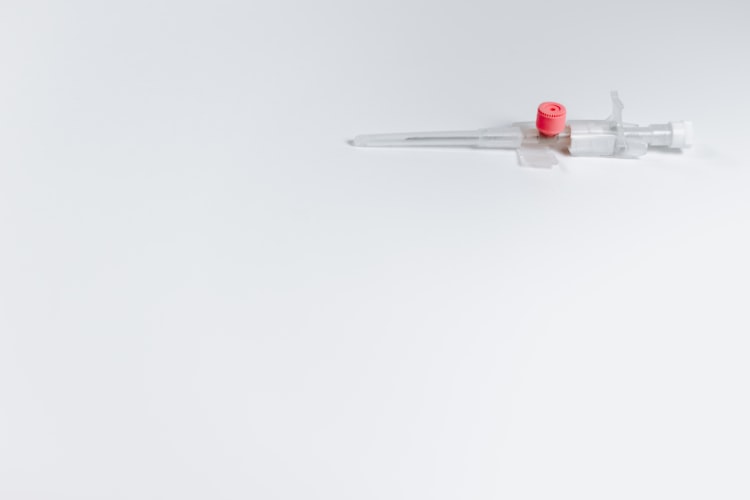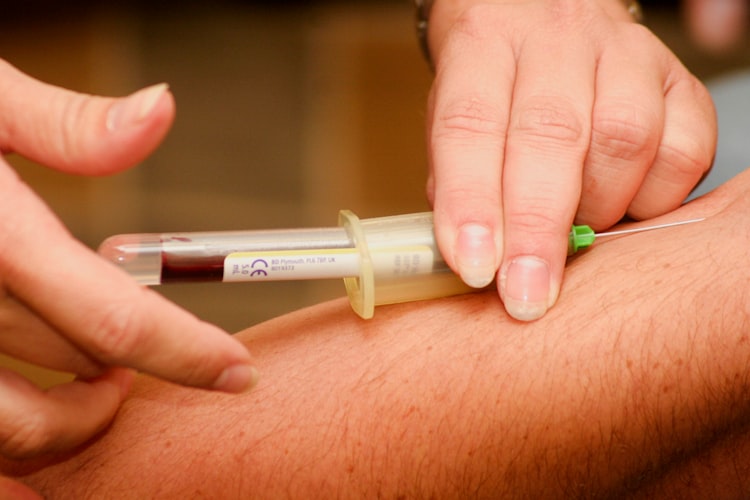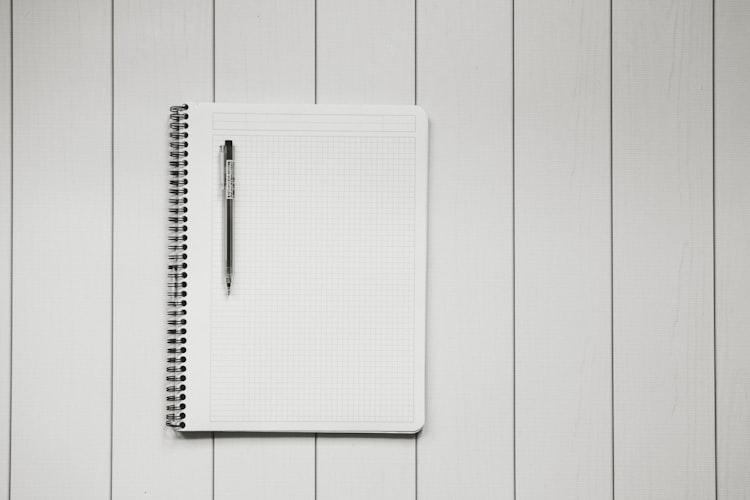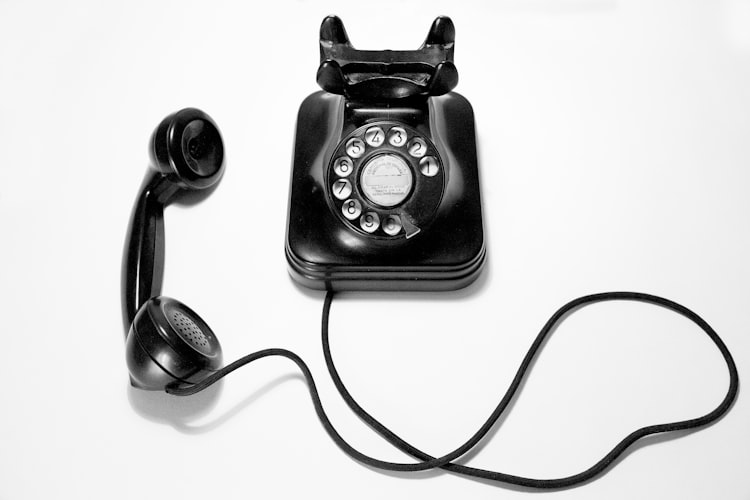Delirium

High-Yield Tips
- Always check Therapeutic Guidelines or your local guidelines prior to actually dosing a patient (as this information may be out of date by the time you read it)
- Delirium is an acute, fluctuating change in the level of consciousness, attention and cognition that develops over hours to days and is reversible
- Think about the 5 Ps as common causes of delirium
- Correction of the underlying cause and non-pharmacological techniques are the mainstay of treatment
- Pharmacological intervention is rarely needed
- Avoid benzodiazepines, unless cause is alcohol or benzo withdrawal or seizures
- Restraint should only be used as an absolute last resort
Definition
Therapeutic Guidelines defines delirium as:
an acute deterioration of mental state characterised by fluctuating symptoms of impaired attention, cognition and consciousness, typically developing over hours to days.
Classification
There are 3 types of delirium:
- Hyperactive: characterised by a patient with agitation, restlessness, hallucinations or delusions
- Hypoactive: characterised by a patient who is quiet and withdrawn
- This is the most common form of delirium but often missed
- Mixed: characterised by a patient who fluctuates between hyperactive and hypoactive states
Epidemiology
Predisposing risk factors include:
- Age 65 years or older (45 years or older for Aboriginal and Torres Strait Islander peoples)
- Cognitive impairment or dementia
- A previous episode of delirium
- Excessive alcohol consumption
- Auditory or visual impairments
- Multiple comorbidities (esp. if severe)
- Depression
- Polypharmacy
Aetiology
Easy mnemonic to remember basic causes, 5 Ps:
- Pain (is the patient in pain?)
- Pee (does the patient have a UTI or urinary retention?)
- Poo (is the patient constipated?)
- Pus (does the patient have an infection?)
- Pills (is the patient on any medications that may be contributing?)
In-depth list of causes can be remembered using the mnemonic DELIRIUM BAD:
- Drugs (intoxication, withdrawal or adverse effect)
- Recreational: alcohol, benzodiazepines, amphetamines, opioids, cannabis
- Medications: benzodiazepines, opioids, anticholinergics (e.g. benzatropine, oxybutynin, sedating antihistamines, hyoscine, atropine, TCAs, prochlorperazine), corticosteroids, NSAIDs, cardiac medications (e.g. digoxin, β-blockers, methyldopa)
- Electrolytes (hyponatraemia/hypernatraemia, hypercalcaemia/hypocalcaemia) & Encephalopathy (uraemic, hepatic, Wernicke's, hypertensive)
- Low O2 (hypoxia) or Liver failure
- Infection
- Sepsis, UTI, pneumonia, cellulitis, meningitis/encephalitis
- Renal failure
- Impacted faeces (constipation) or Ischaemia (cardiac, cerebral)
- Unfamiliar environment
- Metabolic disturbances
- Hypoglycaemia, hyperthyroidism/hypothyroidism, hyperparathyroidism, hypercortisolaemia/hypocortisolaemia, altered pH
- Brain
- SOL (bleed [e.g. subdural post-fall], metastases, primary tumour, abscess), seizure (or post-ictal)
- Anaemia
- Discomfort (pain) & Deficiencies (B12, folate, B1, Vit D)
Clinical Features
Obtaining a direct history from the patient may be difficult at the time they are delirious. Collateral history & perusing the notes and past discharge summaries can often be useful instead.
History
The following aspects of history would be important to clarify.
- Medication use (including recent changes)
- Hydration status
- Falls
- Infectious symptoms
- Bladder and bowel function
- Premorbid cognitive and functional status
- Alcohol (and recreational drug) history
- Medical history and comorbidities
- Social history
- Diet and fluid intake
- Sensory impairments (e.g. glasses, hearing aids)
Examination
The following examinations would be important to perform.
- General inspection
- Vitals
- Cardiovascular exam
- Respiratory exam
- Abdominal exam
- Neurological exam
Note: the ability to examine the patient is dependent on how aggressive/agitated they are. Do your best.
Investigations
The following investigations would be important to consider, but not all need to be performed in every case.
- Bedside
- Assessment of cognitive function
- 4AT test
- Confusion Assessment Method (CAM)
- MMSE (where time permits)
- Urine dipstick (+ cultures)
- Urine drug screen
- BSL
- ECG
- Blood gas
- Bladder USS
- Mobile CXR
- Assessment of cognitive function
- Bloods
- FBC
- UEC
- LFT
- CMP
- Coags
- Troponin
- Blood cultures
- TSH
- PTH
- B12, folate, B1 (thiamine), Vit D
- Serum drug levels (for certain medications e.g. if patient was on digoxin, check its level)
- Imaging
- CT Brain
- Other
- Lumbar puncture
- Stool MCS + C diff. toxin
- Wound swab
Risks associated with delirium
↑ likelihood of the following:
- Longer hospital stay
- Admission to residential aged-care facility
- Subsequent dementia diagnosis
- Fall
- Death
Note: tachypnoea, delirium and oliguria are important signs of end-organ dysfunction.
Management
Goals of Treatment
- Identify and correct underlying cause of delirium
- Control acute symptoms of confusion (non-pharmacological > pharmacological)
- Provide a safe environment for the patient
Non-pharmacological
- Transfer patient to a quiet area
- Helps minimise stimuli and disturbance of other patients
- Allows for closer supervision by nursing staff
- Ensure appropriate safety measures are in place
- Bedrails should be placed up or mattress should be placed on floor
- If patient has hearing aids or glasses, ensure they are fitted
- If family available, ask them to sit with patient
- Ensure lighting of room is appropriate to the time of day
- Ensure clock, calendar and other familiar objects (e.g. photos, cards) are available
- More useful in long-term prevention than in an acute episode
- Ensure patient does not have a full bladder or any urinary/faecal incontinence as this can ↑ distress and confusion
Pharmacological
Therapeutic Guidelines states:
No drug is approved by the Therapeutic Goods Administration (TGA) to treat delirium. Although antipsychotics are commonly used to manage delirium, high-quality evidence demonstrating effectiveness is unavailable. Systematic reviews of low-quality data suggest that antipsychotics do not reduce mortality, length of hospital stay, or delirium severity or duration, and do not improve cognitive function. Additionally, antipsychotics have significant adverse effects, including aggravation of delirium.
However, it may be reasonable to use an antipsychotic in combination with non-pharmacological techniques if an adult with delirium is significantly distressed or considered a threat to themselves or others.
Therapeutic Guidelines states:
Avoid using benzodiazepines for delirium, except when delirium is related to alcohol or benzodiazepine withdrawal, or seizures.
A single dose of an oral antipsychotic is usually adequate.
For patients without Parkinson disease or dementia with Lewy bodies, any of the following can be used first-line:
- Haloperidol 0.5 mg PO, as a single dose
- Note: 1 mg may be required for younger patients
- Olanzapine 1.25 to 2.5 mg PO, as a single dose
- Note: 5 mg may be required for younger patients
- Risperidone 0.5 mg PO, as a single dose
- Note: 1 mg may be required for younger patients
Of the above, risperidone has the shortest onset of action.
For patients with either Parkinson disease or dementia with Lewy bodies, use:
- Quetiapine 25 mg PO, as a single dose
If oral administration is not possible, in patients who do not have Parkinson disease or dementia with Lewy bodies, use either of the following:
- Haloperidol 0.5 mg IM, as a single dose
- Note: 1 mg may be required for younger patients
- Olanzapine 2.5 mg IM, as a single dose
- Note: 5 mg may be required for younger patients
FAQs
- If a patient is in pain that is refractory to simple analgesia, can I use opioids?
If simple analgesia and non-pharmacological techniques have not worked, it is probably reasonable to use an opioid, as pain can cause or exacerbate delirium. Discussion with a pain specialist may be appropriate.
Resources
- Therapeutic Guidelines: Delirium
- Geri-EM: Causes of Delirium
- NPS MedicineWise: Delirium in an older person (module)
- BMJ: An approach to drug induced delirium in the elderly





